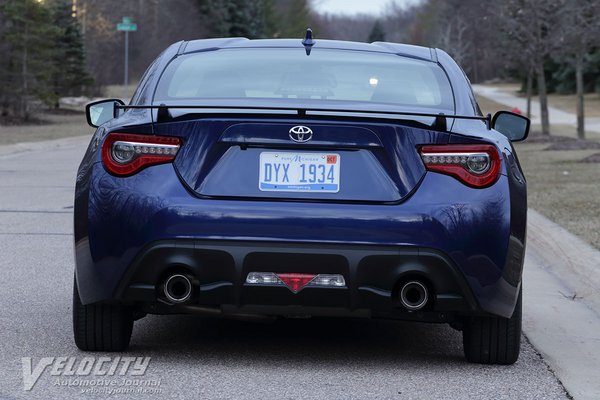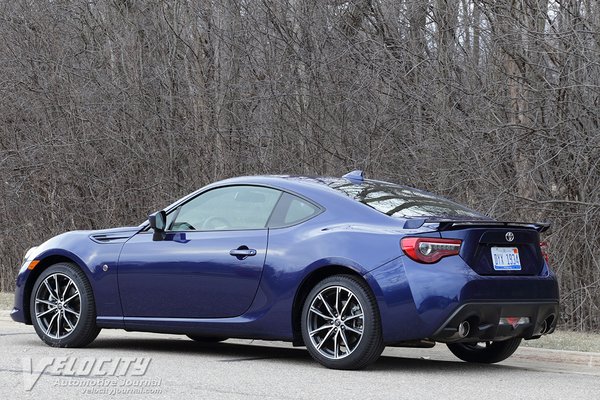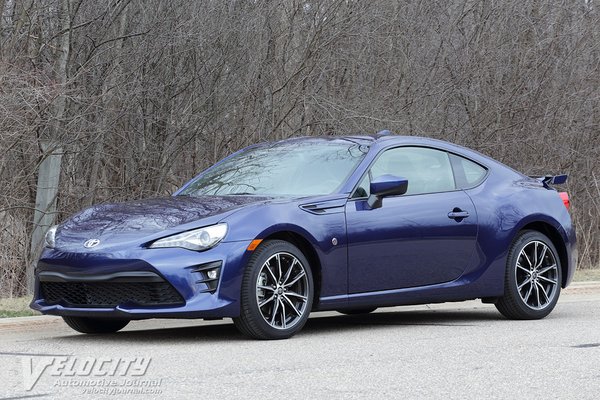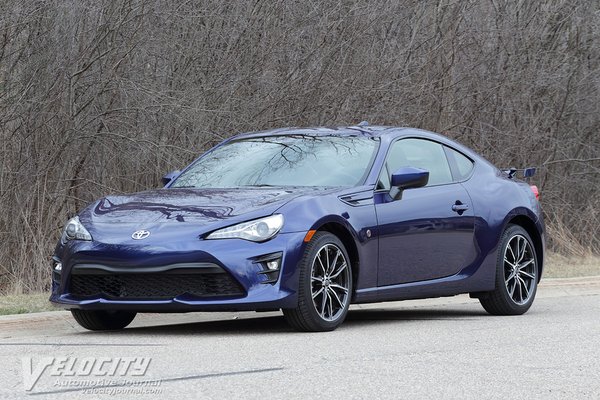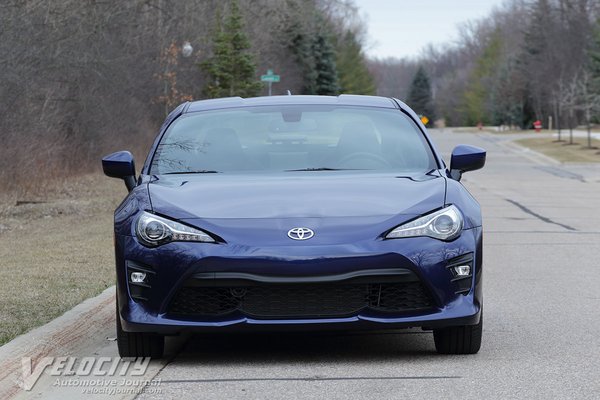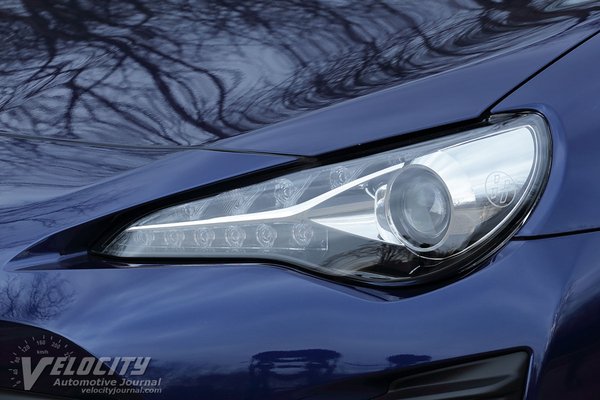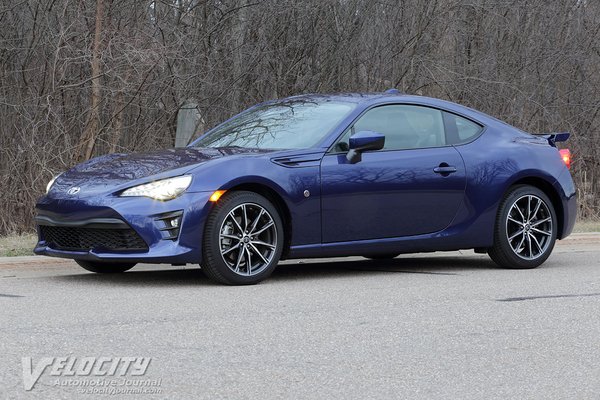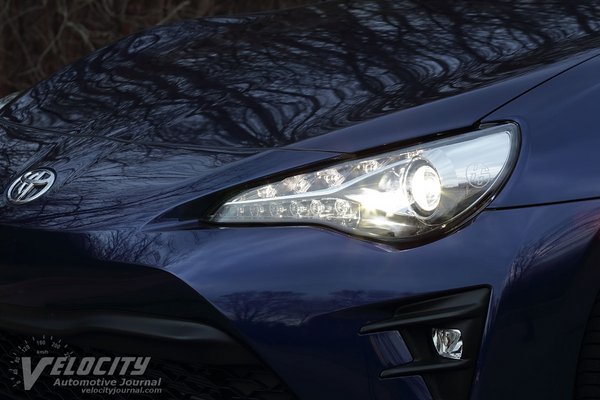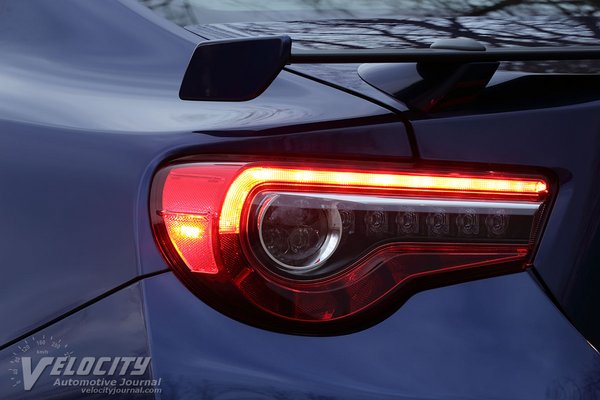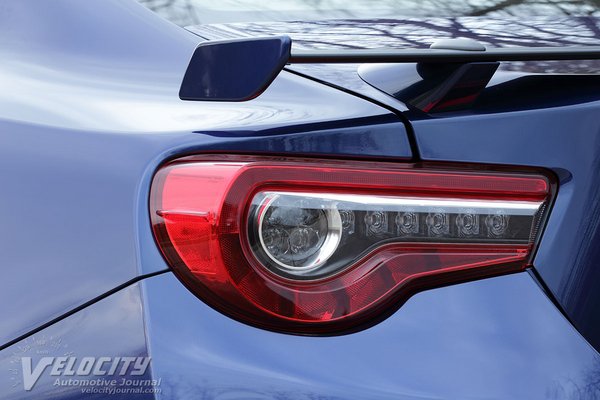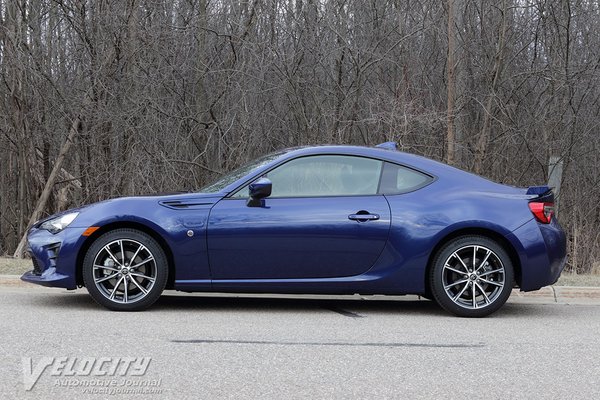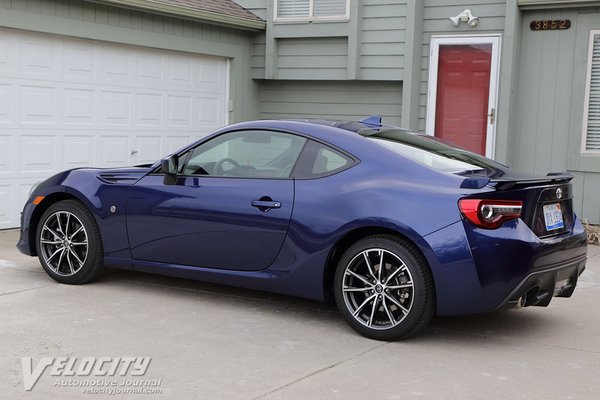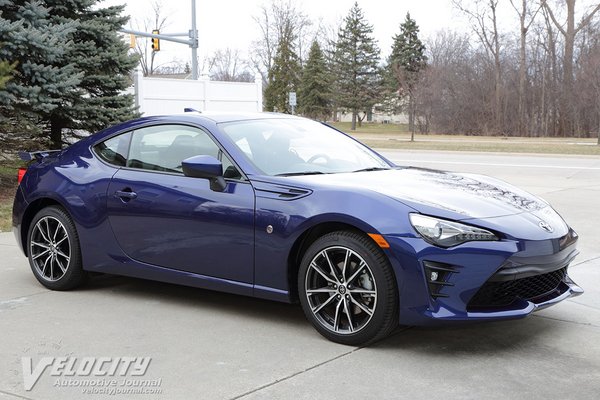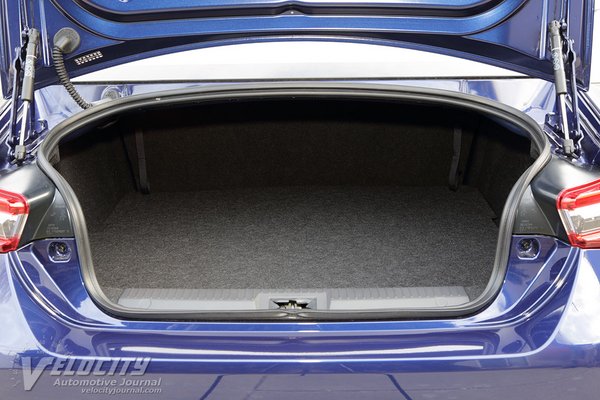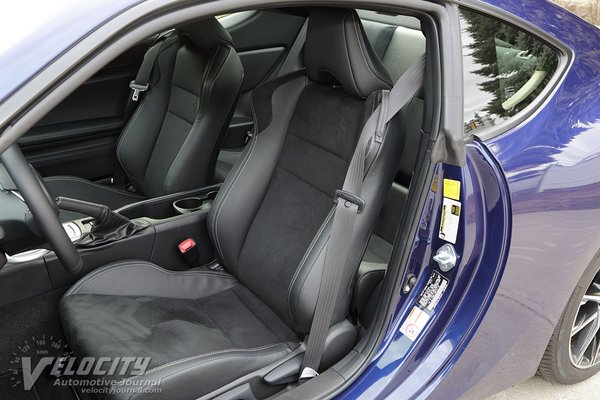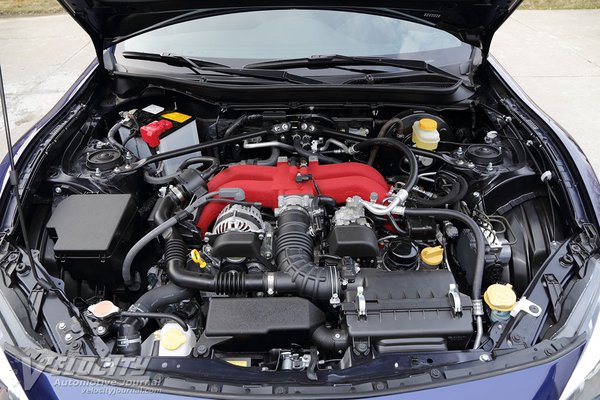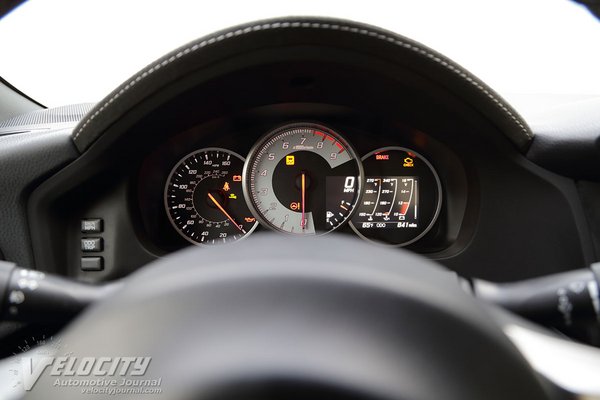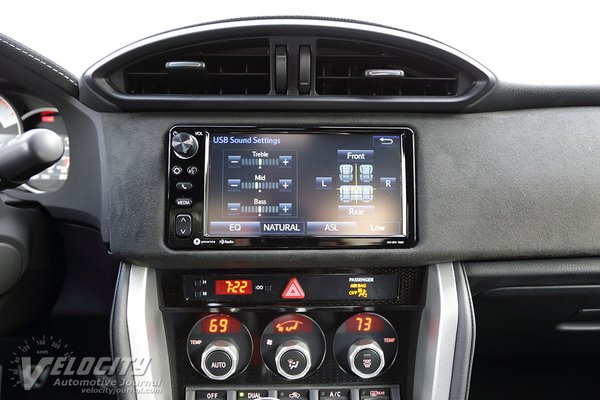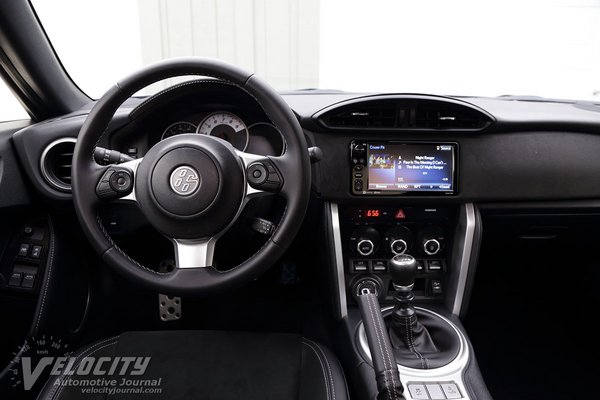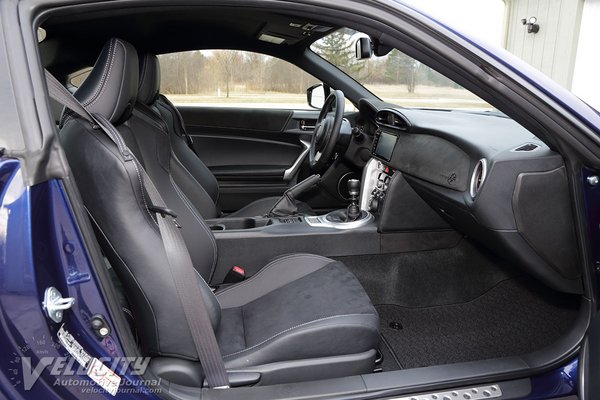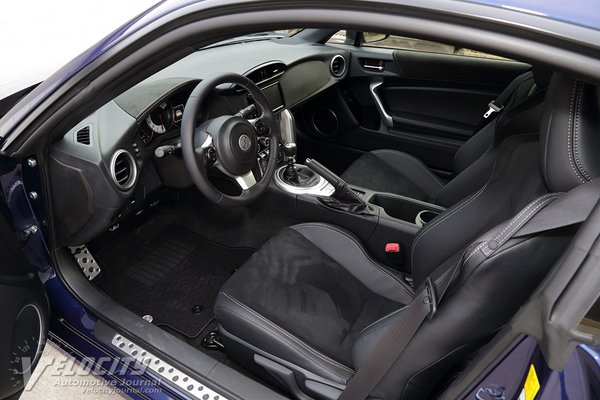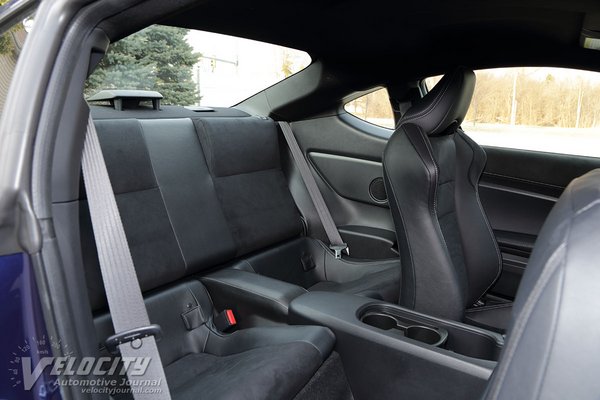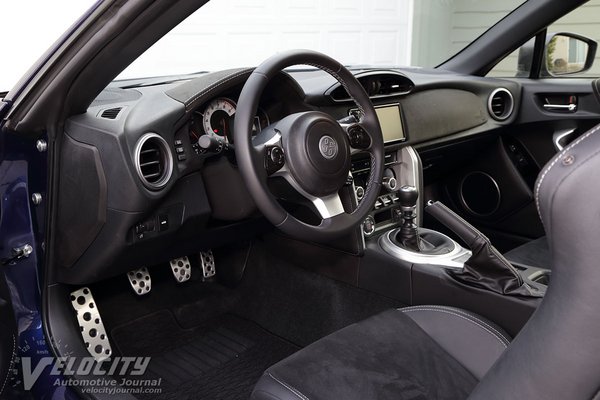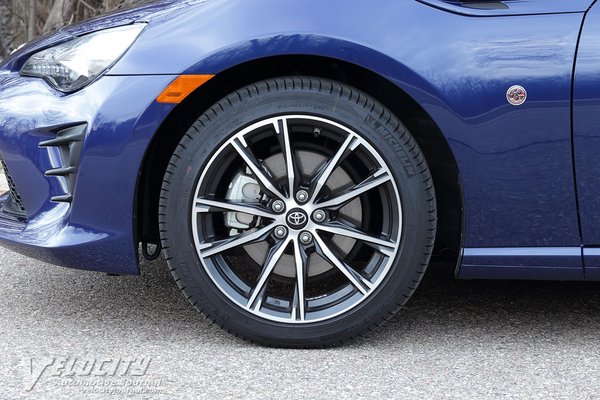2019 Toyota 86 GT Review
07/30/2019
Shahed Hussain
Compact Japanese rear-drive coupes have nearly disappeared, with only Toyota and Subaru offering the closely related 86 and the BRZ in their lineups. These coupes trade raw horsepower for nimble handling, in contrast to the larger, more powerful Ford Mustang and Chevrolet Camaro.
Toyota has kept the 86 coupe's base price fairly reasonable at $26,655. The next step up in the model range is the 86 GT ($28,785), followed by the 86 TRD Special Edition ($32,470). We tested the midlevel 86 GT with no options. Including the $920 delivery fee, the total added up to $29,505. Note that the current 2019 86 GT base price is $200 higher than our early 2019 evaluation vehicle. The standard 6-speed manual transmission can be replaced with a 6-speed automatic for an additional $720. Options are limited to dealer installed accessories. Significant standard equipment includes LED headlights, heated front seats, 7-inch touchscreen (with optional navigation), and 8-speaker audio system.
The engine bay holds an all-aluminum dual overhead-cam 2.0 flat-4 with variable valve-timing, courtesy of Subaru. Toyota supplies the D-4S direct and sequential port fuel injection system. Maximum power output is an impressive 205-bhp @ 7,000 RPM; the 156 lb.-ft. torque peak occurs at 6,400 RPM. Unsurprisingly, the high compression (12.5:1) flat-4 requires premium unleaded fuel. EPA fuel consumption ratings are 21/28 MPG (city/hwy.) with the 6-speed manual. Opting for the 6-speed automatic raises the EPA estimates to 24/32 MPG (city/hwy.).
Both the manual and automatic transmissions drive the rear wheels via a limited-slip Torsen(R) differential. The automatic transmission's overdrive ratios in fifth (0.713:1) and sixth (0.582:1) are both taller than sixth gear (0.767:1) in the manual gearbox. Coupled with its taller 4.10:1 axle ratio (vs. 4.30:1 for the manual), the automatic-equipped 86 is optimized for fuel efficiency. Extracting maximum performance from the high-revving flat-4 means sticking with the 6-speed manual.
The 86 uses a MacPherson strut suspension and stabilizer bar in front. At the rear are double wishbones, coil springs, dampers and stabilizer bar layout. Michelin Primacy HP tires (P215/45R17) are mounted on 17 x 7-inch alloy wheels. Vented disc brakes at all four wheels (11.6 in. dia. front and 11.4 in. dia. rear rotors) provide stopping power. The 86 TRD Special Edition replaces the standard dampers with Sachs(R) units, swaps in 18-inch alloy wheels with Michelin Pilot Sport 4 tires, and upgrades to Brembo(R) brakes with larger 12.8 in. dia. front rotors and 12.4 in. dia. rear rotors, capped by 4-piston calipers. ABS, traction control (TRAC), brake assist (BA) and stability control (VSC) are standard. Steering is electrically assisted with a fast 2.48 turns lock-to-lock. Curb weight is only 2,776 lbs., or 2,817 lbs. when equipped with the automatic.
Within the 86 is a functional cabin and straightforward controls. The gauge cluster consists of a center-mounted 9,000 RPM tachometer, flanked by a 160-MPH speedometer to the left with an inset digital fuel gauge. On the right is a multi-function screen that can display coolant and oil temperature, plus voltage. The sculpted leather-wrapped steering wheel includes audio and infotainment screen controls. Aluminum pedals with rubber pads are a sporty interior accent. A dash-mounted infotainment touchscreen is supplemented with knobs and buttons for frequently used audio and mobile phone controls. Large knobs for the heater and air conditioning systems are intuitively laid out. Storage space is limited to door pockets and a small bin in the center console. Dual cupholders are located between the front seats.
Front sport seats (heated) are upholstered in an attractive suede-like fabric with leather bolsters. The driver's seat gets 6-way manual settings, but no lumbar support adjustment is available. Deep thigh and torso bolsters ensure that the driver and front passenger remain securely planted, but the seats are best suited for occupants with narrow hips. Front headroom is adequate if the driver is under 6 ft. height, so taller passengers will be forced to rake the seat back. Although the 86 will hold a couple of petite adults in the rear bucket seats, legroom is scarce and occupants will bump their heads on the backlight glass. The rear seats fold flat to accommodate more cargo.
Driving the 86 is a reminder of the simple pleasures of a lightweight, rear-drive coupe. Superb steering feel and turn-in response allow the 86 to respond quickly to driver inputs. Body roll is minimal in typical street driving conditions. The brake pedal is firm underfoot, and their stopping power inspires confidence at high speeds. The Michelins provide grip to match the chassis and powertrain limits, but the chassis tuning allows the rear tires to breakaway gently when the traction limit is exceeded.
The Subaru-sourced flat-4 has linear throttle response and surprising flexibility, capable of leisurely acceleration from 2,000 RPM in sixth gear. Maintaining pace with urban traffic requires shifting above 3,000 RPM; achieving maximum acceleration means winding out the revs to the 7,500 RPM redline. Buzzy at idle, the flat-4 becomes acceptably quiet at 70-80 MPH. Moderate clutch effort and progressive engagement allow the driver to slip through the gears via the rod-actuated shifter.
Highway cruising in the 86 is not as arduous as we expected. The suspension absorbs most bumps and potholes without much effort, but we did note that significant steering correction is required to maintain a straight path on the fractured roads in southeast Michigan. The 86 is actually reasonably acceptable as a daily commuter car, assuming that snow and ice are not in the winter weather forecast.
As a relatively inexpensive lightweight sports coupe, the 86 has few rivals (aside from the BRZ). Effectively a 2-seater, the 86 is all about driving pleasure with minimal regard to practical considerations. This narrow focus ensures that the 86 will remain a niche vehicle for dedicated driving enthusiasts.

